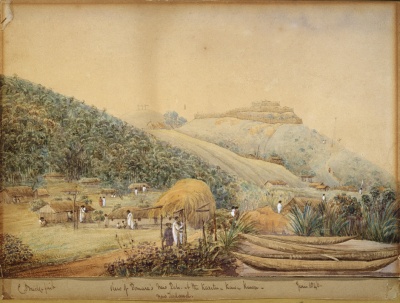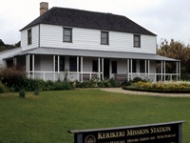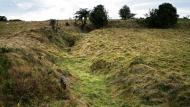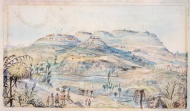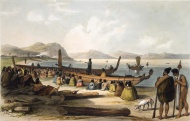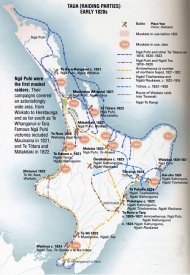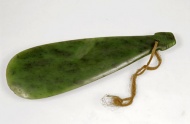Articles
Musket Wars
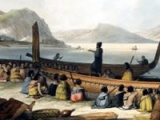
Thousands of Māori died in the intertribal Musket Wars of the 1810s, 1820s and 1830s. Muskets changed the face of intertribal warfare, decimating some tribes and drastically altering the territorial boundaries of others.
-
Page 2 – Overview
Between 1818 and the early 1830s an estimated 20,000 Māori were killed in what have been described as the Musket Wars. Thousands more were enslaved or became refugees.
-
Page 3 – Beginnings
The Ngāpuhi chief Hongi Hika is usually seen as responsible for beginning the Musket Wars.
-
Page 4 – The arms race
Diplomacy, arranged marriages, gifts, asset-stripping (taua muru) and escape were all used to avoid fighting. When these methods failed, the common response was to seek an
-
Page 5 – Aftermath
How the wars ended and the impact they had on iwi
-
Page 6 – Further information
This web feature was written by Steve Watters and produced by the NZHistory.net.nz team.LinksMusket wars (Te Ara)Ngāpuhi (Te Ara)Books and articlesAtholl Anderson, Judith
New Zealand's 19th-century wars
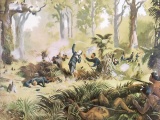
War changed the face of New Zealand in the 19th century. Many thousands of Māori died in the intertribal Musket Wars between the 1810s and the 1830s. There were more deaths during the New Zealand Wars of the 1840s to 1870s between some Māori and the Crown, which for many tribes had dire consequences.
-
Page 2 – Pre-1860 conflicts
During the Musket Wars of the 1810s-1830s thousands of Māori fled from their traditional lands, opening large areas to potential Pākehā (European) settlement. In 1840,
-
Page 3 – Taranaki and Waikato wars
An overview of the conflict between Māori and European settlers in Taranaki and Waikato during the New Zealand Wars.
-
Page 9 – Further information
Recommended links and books relating to New Zealand's 19th-century wars
Missionaries
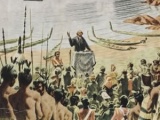
The Christian missionaries of the pre-1840s have been described as the 'agents of virtue in a world of vice', although they were not immune to moral blemish themselves.
- Page 3 - Men of vice or virtue?Thomas Kendall established the first mission school, but he was later suspended after admitting an adulterous affair with a Maori
Biographies
-
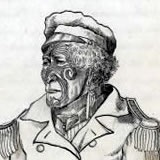 Te Rauparaha
Te Rauparaha
Te Rauparaha was a Ngāti Toa chief and warrior. Sometimes called the 'Napoleon of the Southern Hemisphere', he ruled the lower end of the North Island from his base at Kapiti Island for the best part of 20 years
Read more... -
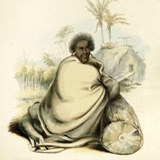 Te Wherowhero, Pōtatau
Te Wherowhero, Pōtatau
In the 1850s, a movement was set up to appoint a Māori king who would unite the tribes, protect land from further sales and make laws for Māori to follow. Te Wherowhero became the first Māori king in 1858.
Read more... -
 Te Kawau, Āpihai
Te Kawau, Āpihai
Te Kawau was a Ngāti Whātua leader who signed the Treaty of Waitangi at Manukau Harbour in March 1840. He later worked with European magistrates to settle disputes among Māori.
Read more... -
 Hika, Hongi
Hika, Hongi
The Ngāpuhi rangatira Hongi Hika became a pivotal figure in New Zealand history. He was a skilled and driven leader in war and trade, and his actions had far-reaching consequences.
Read more... -
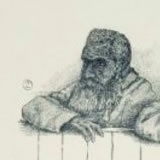 Tītokowaru, Riwha
Tītokowaru, Riwha
Ngā Ruahine prophet, military leader, master tactician, peacemaker and Parihaka supporter, Tītokowaru was one of New Zealand's most important nineteenth-century figures.
Read more...
Related keywords
- pomare II
- ngapuhi
- bay of islands
- missionaries
- kerikeri
- roadside stories
- new zealand wars
- taranaki
- historic places
- maori pa
- waikato
- hongi hika
- tuturau
- memorials
- painting
- augustus earle
- tainui
- maori leaders
- potatau te wherowhero
- kingitanga
- te reo māori
- declaration of independence
- historical writing
- historians
- james cowan
- writing
- publishing
- education
- rangihoua
- thomas kendall
- cms
- christianity
- pre-1840 contact
- apihai te kawau
- ngati whatua
- treaty signatories
- treaty of waitangi
- maps
- riwha titokowaru
- parihaka attack
- nga ruahine
- muskets
- economy
- te rauparaha
- kawhia
- ngati toa
- war objects
- maori weapons
- kororareka
- hone heke
- te ruki kawiti
- 1840s
- traders
- 1830s
- colonial forces
-
Main image: Pomare II's pā
Pa site of Pōmare II at Karetu in the Bay of Islands

